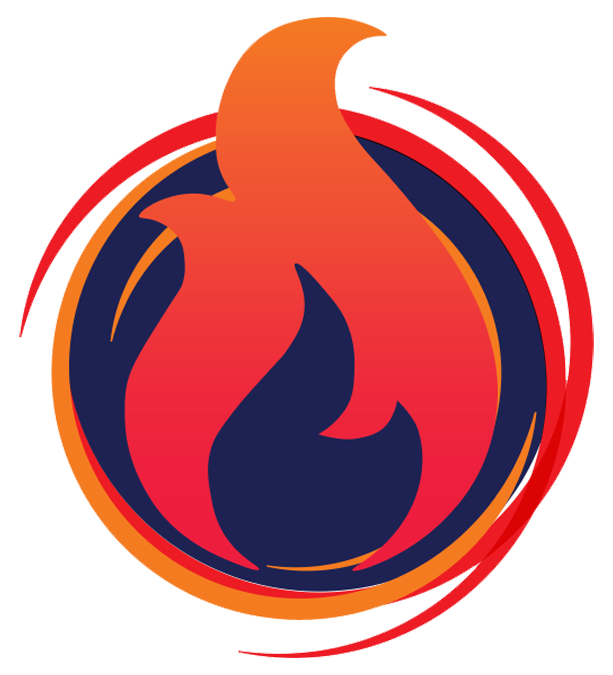
School Nurses
Did you know that school nurses do more than just put bandages on cuts and ice on bruises? They also evaluate the overall well-being and mental health of our students. The Framework for 21st Century School Nursing Practice™(NASN, 2016) is aligned with the Whole School, Whole Community, Whole Child model (CDC, 2014). School nurses apply these practice components to address social, mental, and physical health concerns at the individual student and population level.
If you have any health care concerns for your child, please consult with your child’s school nurse for the development of an Individualized Health Care Plan.
JCPS HEALTHCARE SERVICES FOR STUDENTS & OPT-OUT INSTRUCTIONS
JCPS School Nurses provide vision, hearing and health screenings, using standard screening techniques, on an “as needed basis” to PreK-12th grade students. Vision screenings are provided yearly for all students in 1st and 5th grades. If you are a parent/guardian and do not want your student(s) to receive any of these services, please click here to OPT-OUT of this health support.
Enrollment Health Information
All students who are enrolled in Johnston County Public Schools are required to have all Vaccination and Health Assessment requirements for entry to a North Carolina School completed as required by North Carolina State Law.
Todos los estudiantes inscritos en las Escuelas Públicas del Condado de Johnston deben cumplir con todos los requisitos de vacunación y evaluación de salud exigidos por la ley del estado de Carolina del Norte para poder ingresar a una escuela en este estado.
All requirements are due on the students 30th day of school.
Please read this Important Information regarding required health documents. Please reach out to your school nurse if you have any questions.
